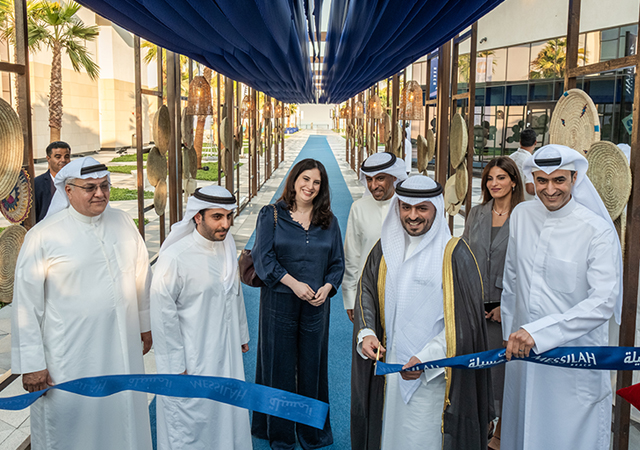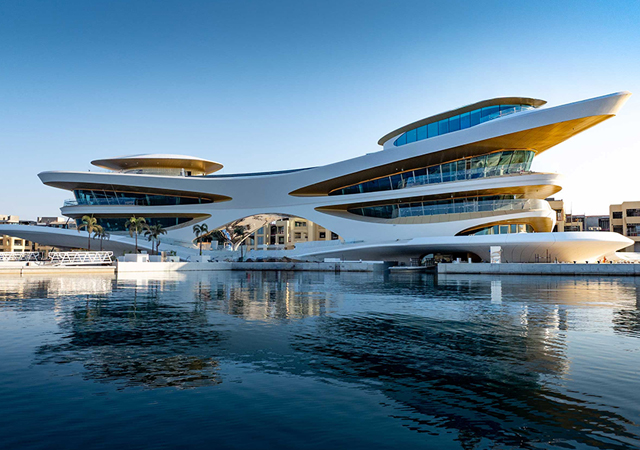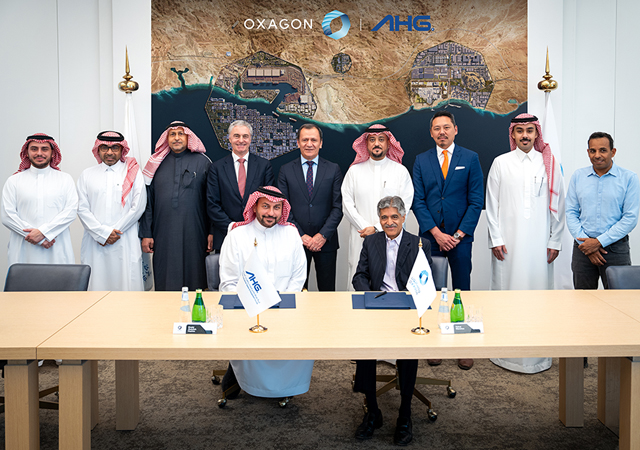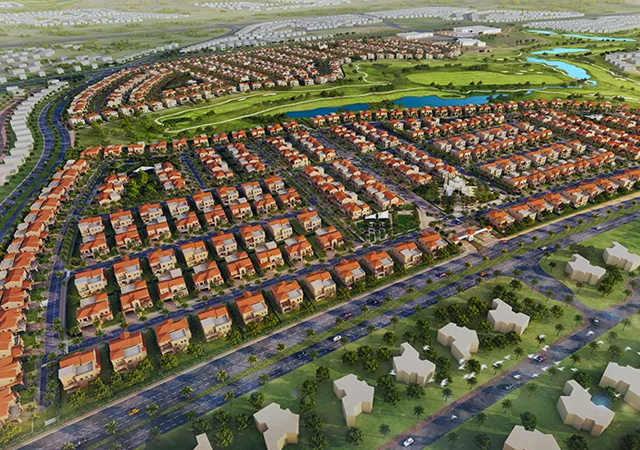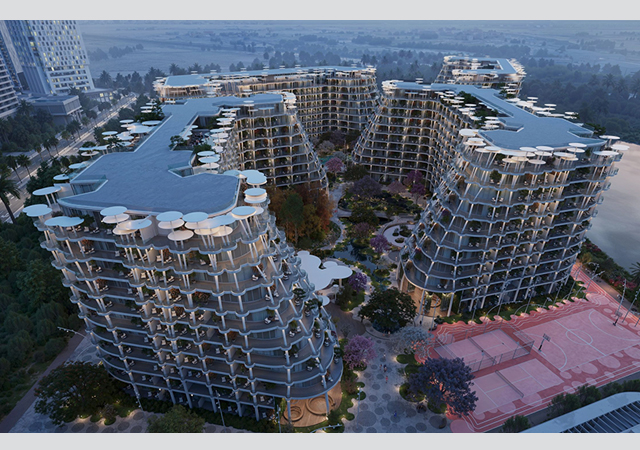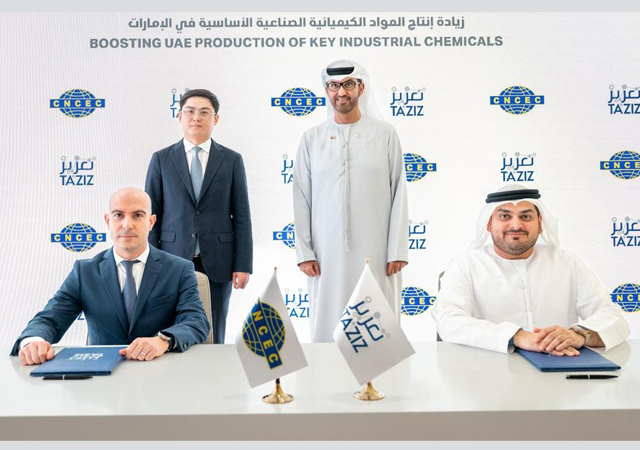
 Unity 3 ceiling design.
Unity 3 ceiling design.
Knauf Danoline has launched a complete ceiling concept that enables architects to create a monolithic surface while retaining the functionality of a demountable ceiling.
The new concept called Unity draws on the unifying effect that the perforations to the edge create in the ceiling surface. The concept offers three different perforation designs, all extending the perforations to the edge of the ceiling tile. These comprise the Unity 3, Unity 8|15|20, and Unity 6.
“In the initial design phase of a building, the ceilings are often envisioned as a uniform surface. But as functions are added to the ceiling, that symmetry is disturbed. Our Unity concept seeks to return the ceiling surface to its consistent, uninterrupted state, and also maintain the functionality of a demountable acoustic ceiling, while ensuring access to the cavity and excellent acoustic comfort,” says Erik Ipsen, architect and head of research and development at Knauf Danoline, a leading European manufacturer that develops and markets acoustic ceiling and wall materials based on high-grade glassfibre reinforced gypsum.
Unity 3 consists of square 3.5 by 3.5 mm perforations that create a hi-tech appearance, making it ideal for rooms finished with solid refined materials. “With a sound absorption value, αw, of 0.85 (NRC 0.85), Unity 3 achieves Class-B sound absorption according to EN 11654 with an extremely even absorption across the frequency range, ensuring an exceptional acoustic comfort,” says Ipsen.
Unity 8|15|20, which takes its inspiration from the air bubbles in water, is made up of round perforations with three different diameters: 8 mm, 15 mm and 20 mm. “Thanks to its retro feel symbolising slow, steady movement, Unity 8|15|20 is perfect for rooms using organic shapes and warm materials like wood. Unity 8|15|20 has an acoustic performance of αw 0.60 (NRC 0.55),” he says.
The third design, Unity 6, provides a soft expression with its 6-mm round perforations, which are suitable for rooms with cast concrete walls and cast floors. Unity 6 has an acoustic performance of αw 0.65 (NRC 0.70).
All three Unity designs are available for a range of products, each with different edge design, application and functionality.
“Our product development is guided by the principle of creating solutions rather than limitations for the architects. We wish to give them maximum room for expression by offering Unity perforations with concealed, semi-concealed and even visible grid,” says Ipsen.
Like the rest of Knauf Danoline’s portfolio, the new Unity solutions are as standard available with a built-in air purification feature called Cleaneo Technology.
Headquartered in Denmark, Knauf Danoline is part of the international Knauf Group, a worldwide provider of construction materials. It is represented in more than 40 countries, through its sales organisations and a large network of distribution partners.
Over the past 50 years, the company has established a reputation for combining striking design with superb technical performance. The Knauf Danoline product collection caters to all aspects of design including creativity and sustainability. The company’s website (www.knaufdanoline.com) includes a number of online resources to assist with acoustic challenges, such as a database of acoustic coefficients, an acoustic design guide and an acoustic warranty.
The company last year introduced a wide range of Class A absorbers for all applications, ranging from ceiling and wall linings to self-supporting ceilings and acoustic walls.














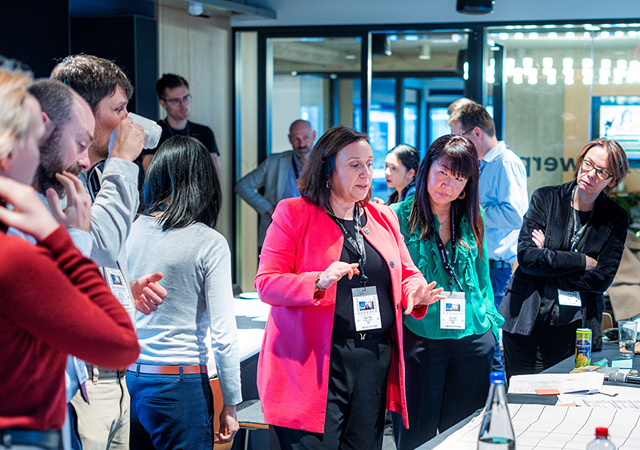


.jpg)

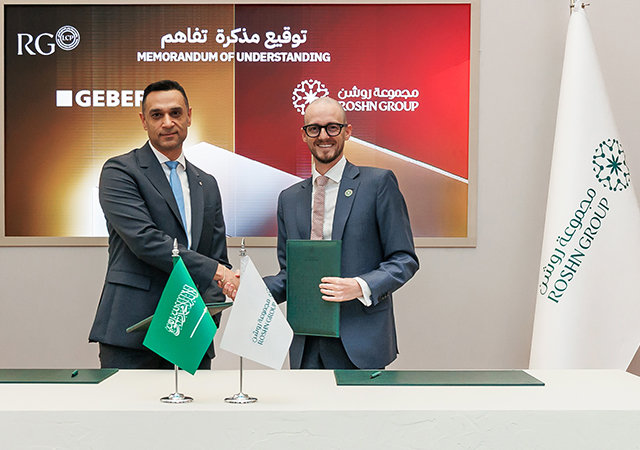
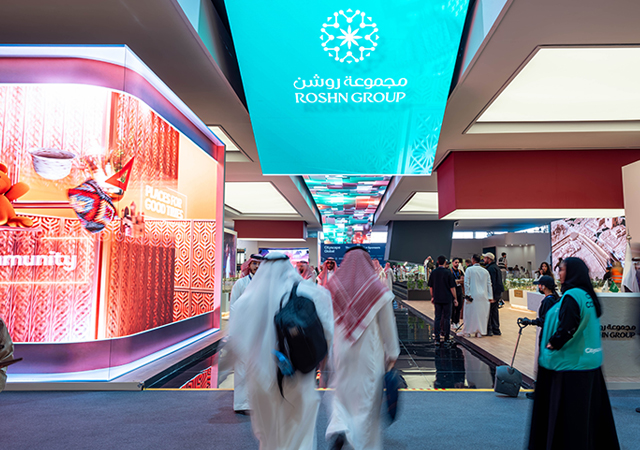



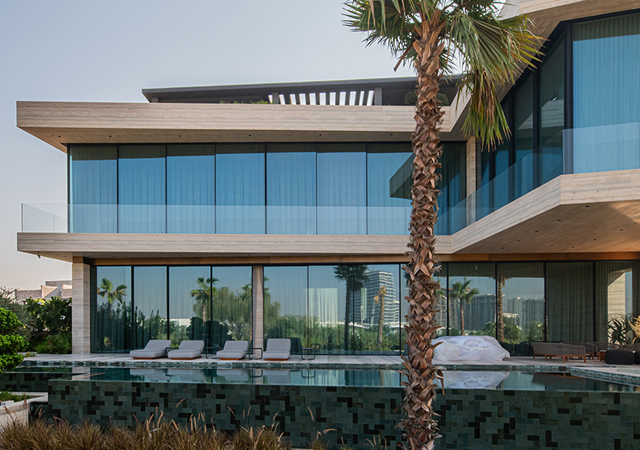
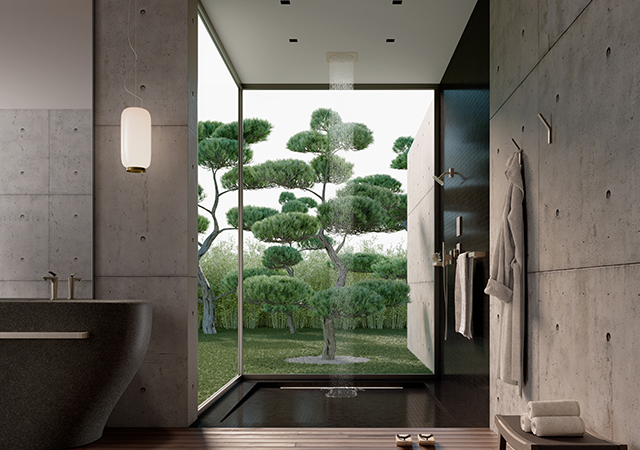

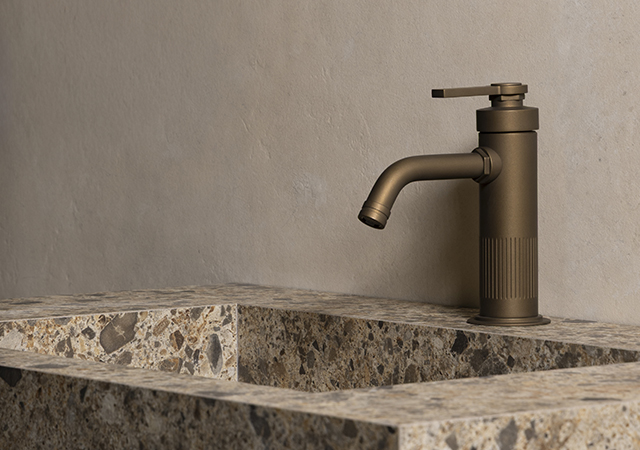

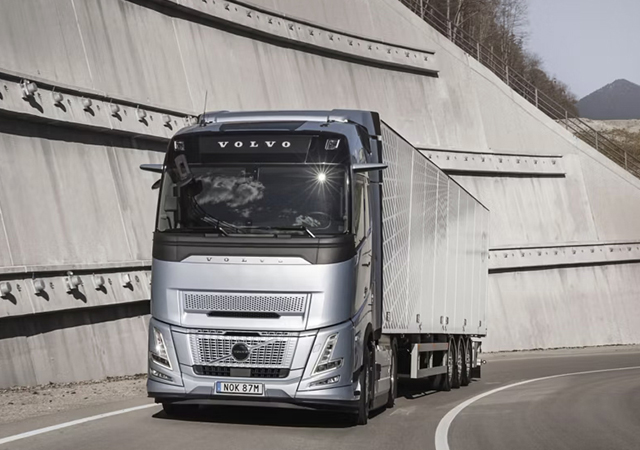

 (1).jpg)



